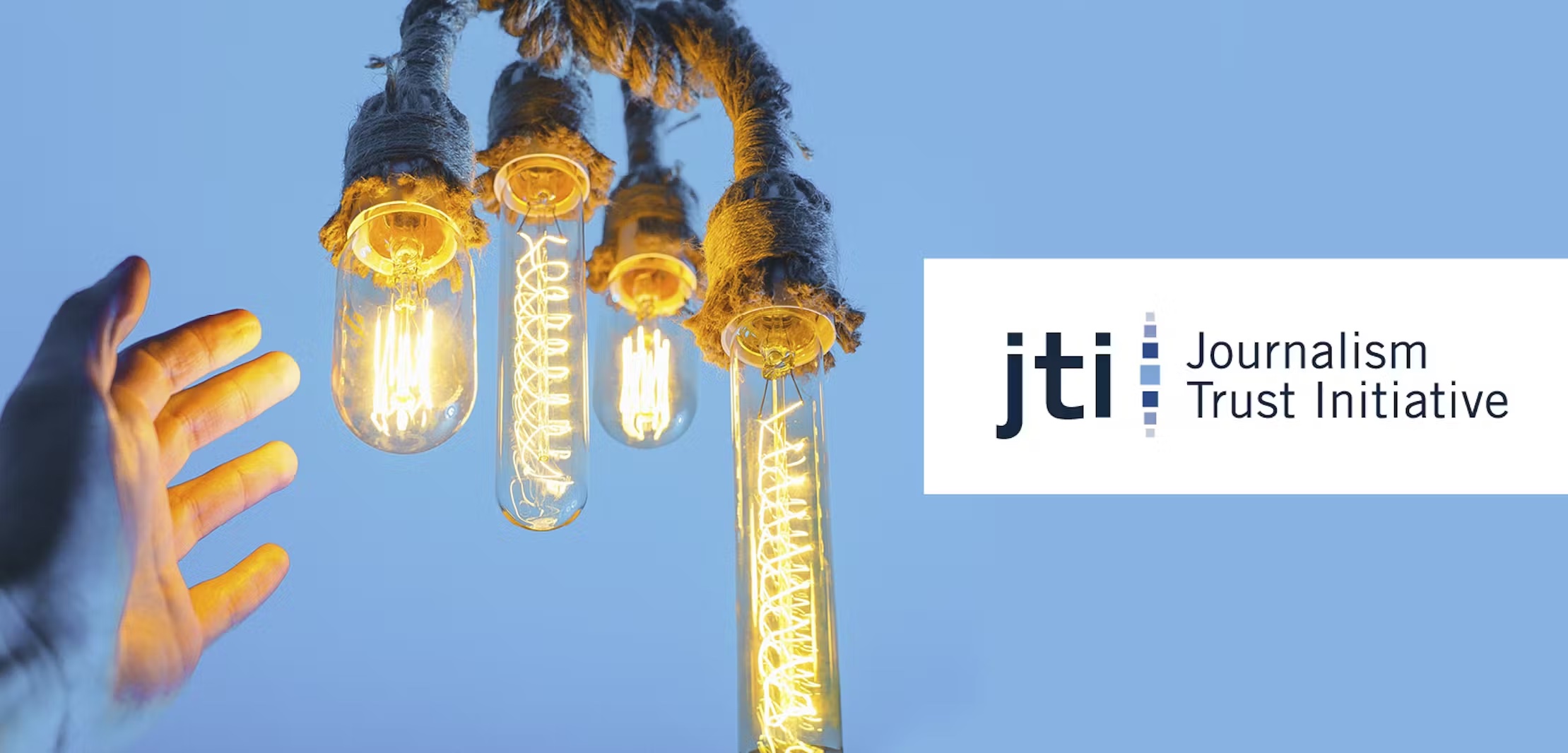About online disinformation prevention policies, in January 2018, the European Commission established a High-Level Expert Group (HLEG) to develop a series of recommendations. In the report presented at the conclusion of its work, the HLEG emphasized that online disinformation has broader boundaries and more complex characteristics than what the term “fake news” implies, and its use can sometimes be misleading and instrumental. Disinformation includes all forms of false, inaccurate, or misleading information designed, presented, and promoted to intentionally cause public harm or for profit, and its growing development is deeply intertwined with that of digital media. In an information and knowledge society, such as that of the European Union countries, disinformation seriously threatens fundamental democratic values and compromises key political processes based on them, from elections to policymaking in critical areas such as health, science, and finance.
In recommending intervention strategies, the HLEG suggests avoiding simplistic short-term solutions that could conflict with the principles of freedom of expression and the press and pluralism. Instead, it proposes a multidimensional approach based on the principle of collaboration among all parties involved, where different responses are interconnected and reinforce each other. The second of the five “pillars” on which to base a comprehensive and medium-term intervention recommends “promoting Media and Information Literacy to counter disinformation and support users in navigating the digital media environment.” The promotion of Media and Information Literacy (MIL) through Media Education (ME) processes is therefore a key strategy to strengthen society’s resilience against disinformation. The HLEG calls on European and national authorities to intensify efforts to “develop initiatives in the field of media and information literacy to promote a critical approach and responsible behavior by all European citizens.”
The collaboration between the Rai Research Office and the Catholic University of the Sacred Heart (UCSC), in line with the recommendations of the European Commission, follows the principle of enhancing initiatives to promote Media and Information Literacy (MIL) as a pillar of disinformation prevention strategies. It also adopts a collaborative approach involving all stakeholders as an intervention method. Both Rai and the Catholic University, each with its tools and actions, are simultaneously engaged in promoting MIL and researching the state of the art in Italy. In these processes, public service broadcasting plays a key role in line with its institutional mandate, while the Catholic University participates in various capacities in the broader Media Education movement, which has been deploying efforts and expertise in both school-based and extracurricular digital literacy education for several decades.
The primary objective of this collaboration is to understand the ongoing initiatives to promote MIL in Italy at two different levels:
- 1. The provision by the public service broadcasting company of programs and resources aimed at enhancing media and digital literacy among citizens.
- 2. The initiatives promoted by educational institutions and civil society to effectively develop digital and information literacy skills, especially among younger generations.
Understanding what has already been done or is currently underway and identifying the key actors in the field is the first step in envisioning policies to support and implement the most significant and effective initiatives.
The result of the collaboration between the Rai Research Office and UCSC is presented in this report: a mapping of existing efforts in the field of MIL. This report does not aim to review all available resources, initiatives, and involved parties—such an exhaustive review would require extensive research that goes beyond the scope of this collaboration. Instead, it provides a phenomenological synthesis perspective, presenting the main outcomes, clear directions, and established models shaping activities in the field. Specifically:
- 1. Regarding Rai’s direct engagement, the report maps the programming produced within the framework of Rai’s expertise and experience in offering educational content on Media Literacy in both corporate and editorial contexts, with a particular focus on creating critical awareness to combat disinformation.
- 2. In the field of Media Education, the report identifies the main online sources for gathering documentary material related to ME projects in Italy, either wholly or partially focused on developing media and digital skills aimed at countering disinformation. It then analyzes this material to identify their defining features and, if possible, some best practices to be adopted as models. These two research axes have clear autonomy, as they relate to different objects and research methods, which will be systematically presented in the following chapters. However, they share the same theoretical framework, the same regulatory framework, and a common interpretive framework. They also share the same timeframe since most of the collected materials focus on the years from the biennium 2014/2015, an important turning point for this research object, marked by the effect of several legislative acts aimed at digitizing the country, starting with the 107/2015 law known as the “Good School” law. It is worth noting that the health emergency related to the Covid-19 pandemic has significantly influenced both the broadcaster’s production logic and many educational activities carried out in the field, often pushing for the adoption of online training channels. This study, which follows the same structure as the research, consists of three parts.
In Part One (Chapters 1, 2), the common regulatory and theoretical framework within which Rai’s programs and actions have emerged and integrated is outlined. The focus is then on the actions undertaken by Rai in the field of Digital and Media Literacy and in countering fake news.
In Part Two, and Three, initiatives and activities on the Italian territory are collected, described, and evaluated. While these are different research objects, using different analysis methods, and involving the specificities of the two collaborating parts, the structure given to the presentation of the results of the double mapping process is symmetrical. It begins with an initial presentation of the research method and its objectives (Chapters 3 and 5), followed by a description of the results and initial reflections (Chapters 4, 6, 7).
English version: HERE



